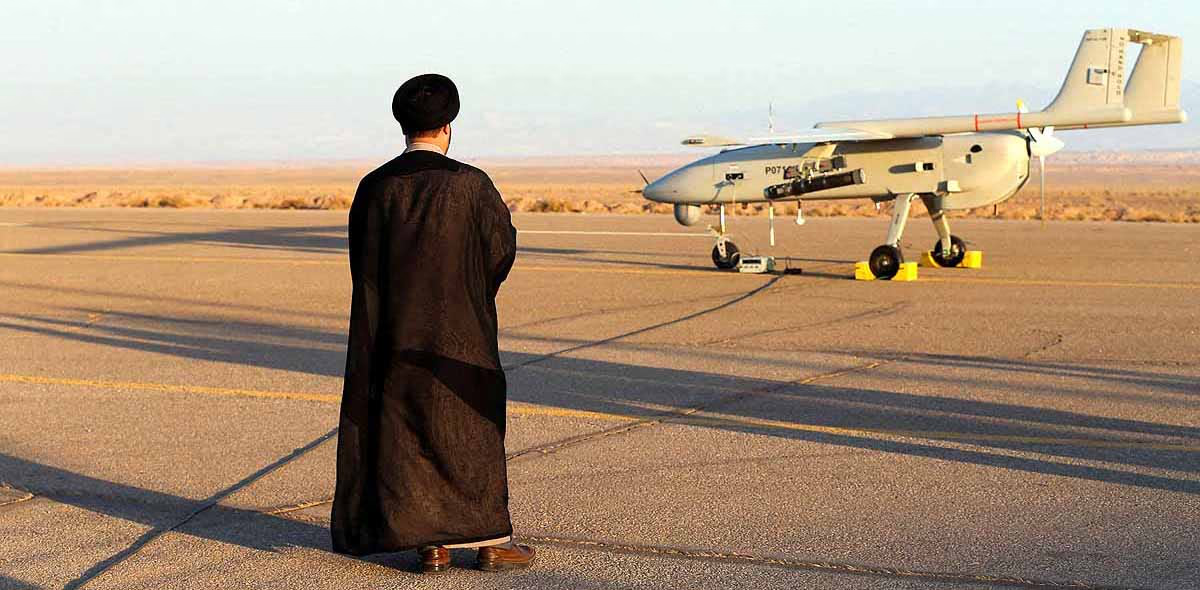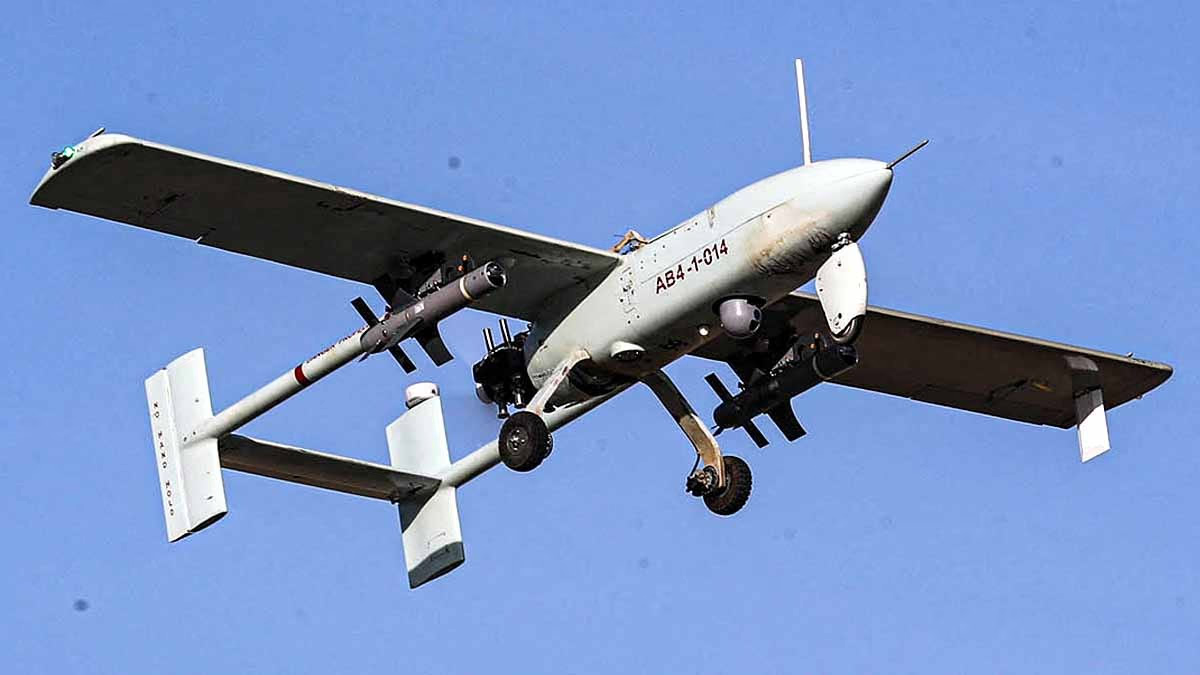Hezbollah executed a drone strike at an Israeli military base in Binyamina, leaving 67 people injured after bypassing Israeli air defense systems. The drone identified as Mirsad-1 is reputedly a suicide drone, employed by Hezbollah for over two decades.
The Mirsad-1 is technically a variant of Iran's Ababil drone. Some experts also consider it a model similar to the Mohajer-2 drone, potentially melding technologies from both to create a new, formidable drone. This aircraft can carry 40 kilograms of payload and strike targets up to 120 kilometers away.

Source: aajtak
Until 2002, Hezbollah used this drone primarily for reconnaissance and espionage, but subsequently, it was adapted for suicide missions in Israeli territories. Traveling at 370 kilometers per hour, its strike during the Binyamina incident demonstrated strategic use of multiple drones.
Synergizing Rockets and Drone Strikes
Initially launched were rocket attacks, coincided with drone deployments to confound Israeli forces and defense networks. One of the drones successfully evaded the air defense, targeting the vicinity of the base. This marks the second occurrence this year where an Israeli air defense failed to thwart a drone incursion.

Source: aajtak
Indigenous Craft, Innovation at the Helm
Hezbollah capitalizes on Mirsad-1 drones for precise strikes within Israeli territories, reducing the need for direct terrorist involvement. Despite its crafted simplicity, there have been errors in strikes, with Iran continuously refining the technology.
Intelligence, Surveillance, and Suicide Missions

Source: aajtak
Hezbollah not only acquires Iranian drone technology but replicates it, thus accumulating a fleet of 2,000 drones utilized for surveillance, intelligence, and suicide operations. Some experts argue Hezbollah also possesses advanced Mohajer-4 and Shahed drones.




